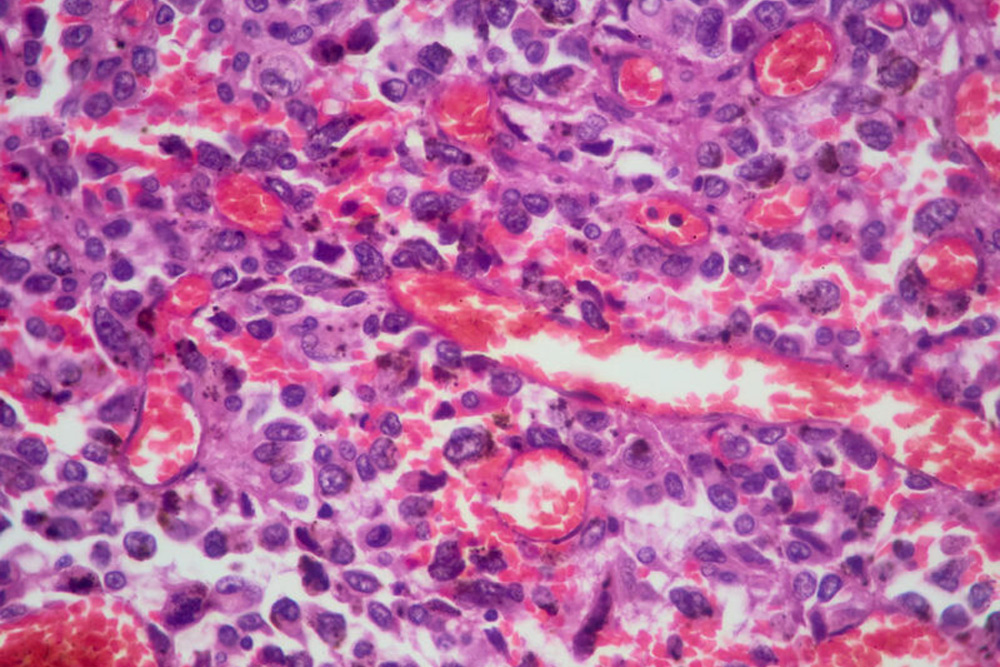When it comes to lung disease, it can be easy to get confused about the types of cancers and treatments available. However, mesothelioma and non-small cell lung cancer (NSCLC) are different diseases with different treatment plans, although some symptoms may be similar, and both have been linked to asbestos exposure.
What is Mesothelioma?
Mesothelioma is a type of cancer that typically forms in the lining around the lungs, although it can also form in the tissue surrounding the heart or the abdomen. As with any cancer, it can spread to the lungs and other parts of the body, but it is not considered a lung cancer.
Asbestos exposure is the primary cause of mesothelioma. This cancer develops many years after exposure and has a low survival rate.
What Is NSCLC?
NSCLC is one of two types of lung cancer. The cancerous cells tend to be larger (as opposed to the cells in small cell lung cancer) and always start in the lungs. There are multiple types of NSCLC, which may dictate different treatment plans.
What are the Symptoms of Mesothelioma and NSCLC?
Both cancers cause breathing symptoms, including:
- Shortness of breath
- Persistent cough or coughing up blood
- Respiratory infections, such as bronchitis or pneumonia
- Pain in the chest, back, and shoulders
- Fluid buildup around the lungs
This isn’t an exhaustive list of symptoms of either type of cancer, but if you or someone you love is experiencing frequent lung or breathing problems, you should consult a physician, especially if you may have been exposed to asbestos.
Because the symptoms are so similar, it is essential to see a doctor to get a definitive diagnosis.
How Are Mesothelioma and NSCLC diagnosed?
Whether done by a primary care physician or a specialist after a referral, diagnosis of cancers in and around the lung typically includes X-rays or other types of imaging to see whether and where tumors may have formed. Mesothelioma tumors usually form as a group of small tumors in the pleura surrounding the lungs. NSCLC tends to develop as single tumors inside the lungs.
Physicians may also test phlegm to look for cancer cells and take biopsies of affected areas to help diagnose the patient. It is also possible to develop both types of cancer or for cancer to form in the lungs after it has spread from other parts of the body, which is why exhaustive testing will help physicians create a complete picture of the disease and which treatments may be effective.
How Are These Cancers Treated?
Different cancers respond to different treatments.
If diagnosed early, mesothelioma and NSCLC can be treated through surgery.
Mesothelioma surgery involves removing the lining around the lungs, abdomen, or both, depending on which part of your body has been affected. Even if the pleura isn’t removed, physicians may need to perform surgery to remove fluid buildup around the lungs or other organs.
Surgery for NSCLC focuses on removing the tumor and possibly part of the affected lung. It may be necessary to remove an entire lung. When removing just the tumor, your physician will work to ensure that they leave a clean margin around it, meaning that not a single cancer cell remains in the tissue left in the body. If they do not get a clean margin, another surgery may be necessary to ensure complete removal.
Treatment may also involve chemotherapy and radiation. These treatments kill cancer cells but may also damage healthy cells in the body.
Immunotherapy is another treatment option. This therapy stimulates the immune system to fight cancer cells.
Targeted therapy is still another possible treatment. This treatment targets the proteins in the cancer cells that tell them how to grow, divide and spread.
Physicians may combine these treatments to achieve the best results depending on the type of cancer a patient has.
Patients may also choose to participate in trials of new treatments, especially if their cancer isn’t responding to currently approved therapies.
How We Help Victims of Asbestos Exposure
Seek justice with the help of our experienced asbestos attorneys. Our asbestos law firm has represented individuals like you affected by asbestos exposure for over 20 years, aggressively fighting the corporate giants responsible for their dangerous products. If you or a loved one were exposed to asbestos or suffer from a disease caused by asbestos-like mesothelioma, we can help.


